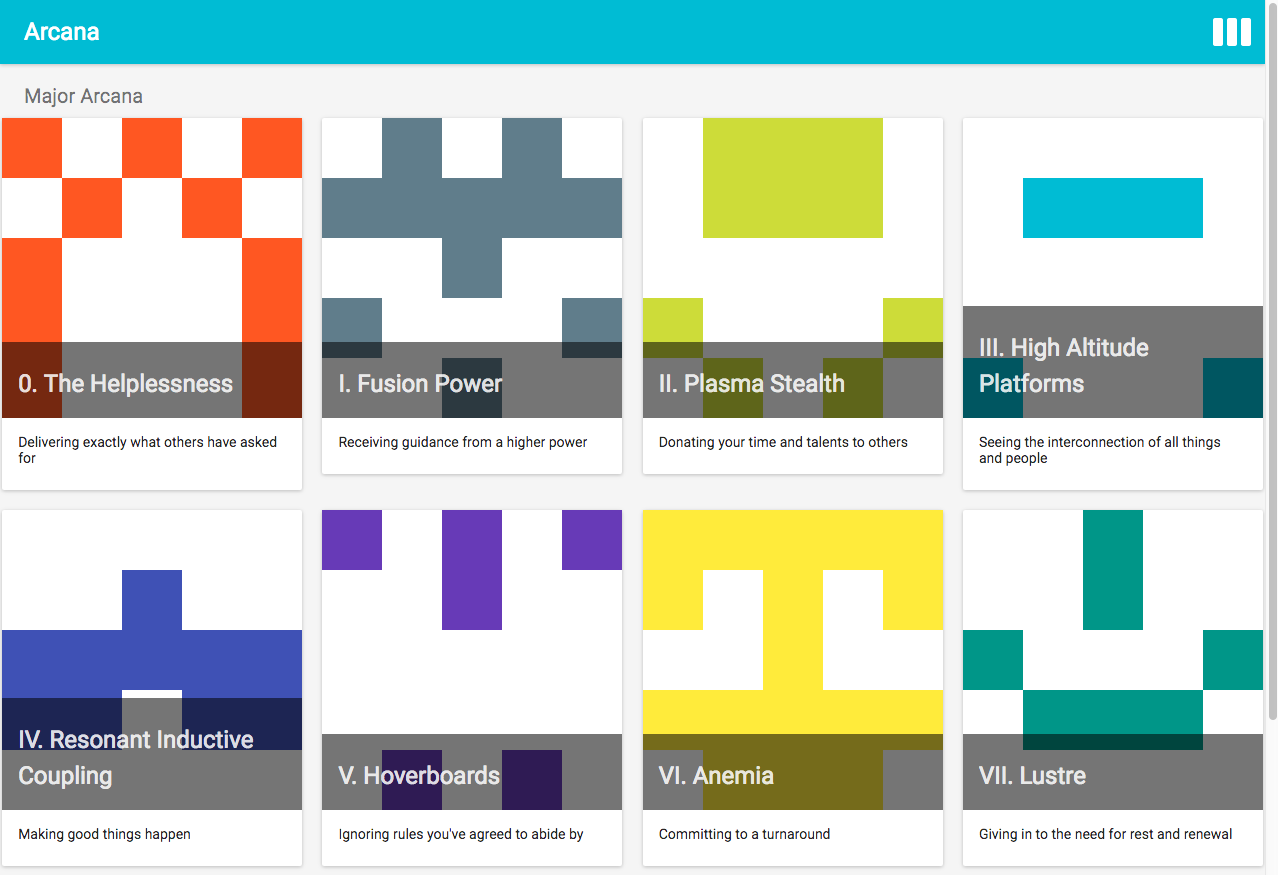Here’s a collection of relatively disorganized notes looking at Shovel Knight’s design.
Creator Questions
Taking inspiration from Allison Parrish’s talk: Programming is Forgetting: Toward a New Hacker Ethic, here’s my version of Parrish’s new hacker ethic for creators:
Creator Questions
- Who gets to use what I make? Who am I leaving out? How does what I make facilitate or hinder access?
- What assets am I using? Whose labor produced them and what biases and assumptions are built in? What do the assets leave out?
- What systems of authority am I enacting through what I make? What systems of support do I rely on? How does what I make support other people?
- What kind of community am I assuming? What community do I invite through what I make? How are my personal values reflected in what I make?
Watch Allison Parrish’s talk for more background on why these sorts of updates are critical for shaping a more welcoming community.
Every Week a Dev
Every Week a Dev is a twitter bot created by Rami Ismail that spotlights a new person involved in game development every week. Check out the archives and follow it if you haven’t already. The bot’s a great aggregator for gamedev wisdom.
2016 Year in Review
Here are some highlights from the previous year:
Procedural Generation of Social Networks
I’ve been thinking about how to run a hexcrawl style campaign in a cyberpunk world. Mobility is easy, so a spatially distributed procedurally generated map doesn’t make much sense. Characters could easily just look up information on an unfamiliar section of the map on whatever flavor of the internet exists in that world and buy a plane ticket or book a taxi ride to get there.
Transportation is cheap and the Sprawl has largely been explored. This is not to say that a typical hexcrawl-style campaign couldn’t work in a VR hacking setting. Look no further than Uplink to see a wonderful example.
In a cyberpunk setting the thing to be explored becomes the web of intrigue among the movers and the shakers in the campaign. Crosses and double crosses become the shifting landscapes and wandering monster encounters of the political landscape. See for, example this blog post at Monsters and Manuals and the organization chart from The Wire.
Arcana: Procedurally Generated Tarot Decks
Procjam 2016
I’m announcing my participation in #procjam 2016, which kicked off yesterday.
This is my third year participating.
You can look back at my previous entries from 2014 here: Insceptahdeckwu, Patchwerk and from 2015 here: Mech Sheet Generator.
Procjam 2016 Talks
Last weekend @mtrc put on a series of talks leading up to #procjam 2016 at Falmouth University in Cornwall. You can read more about the jam at itch.io.
Here are some links to interesting resources that stood out to me:
Special Missions’ Story Pattern
I’m interested in Larry Hama’s GI Joe Special Missions’ influence on Metal Gear and Metal Gear Solid. I want to look at the pattern of story telling that seems to emerge consistently in Special Missions’ issues.
Why Does Pokemon GO Use Passive Voice?
A colleague of mine wondered why Pokemon GO uses the passive voice when reporting,
Pikachu was caught!
The simple reason is nostalgia—that’s the phrasing from the original Generation 1 Pokemon games.
Was there a limitation inherent in the medium at the time that required using the passive voice? Below I’ll dig into the disassembled Pokemon Red source code to answer the question of why Pokemon Go uses passive voice.

